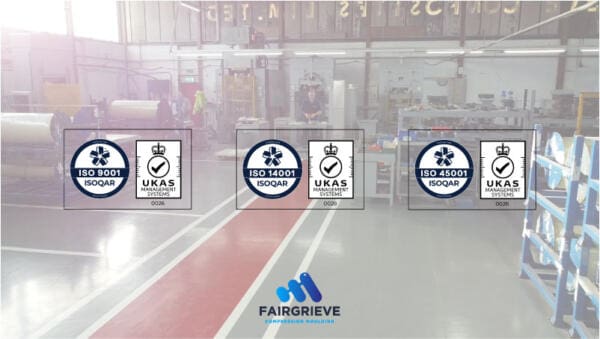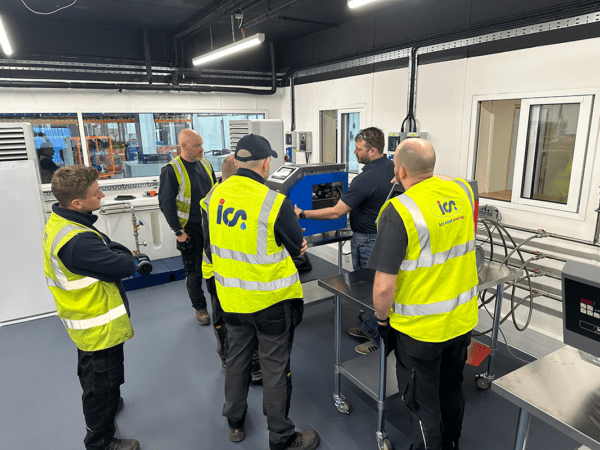
What is Corona Surface Treatment?
In this blog, expert and manufacturer of surface treatment systems Tantec-UK looks in-depth at corona surface treatment. Suitable for a range of plastics and metals, the treatment has an interesting history, with countless manufacturing applications.
Corona treatment is an established, widely-used surface treatment process utilised in engineering applications across the world. The technology, which primes materials using a high-frequency, high-voltage discharge, is used to improve wettability and adhesion, thus improving the receptiveness of the surface to adhesives, inks and coatings.
Commonly used on a wide variety of metals and plastics, corona treatment works by increasing surface energy, enabling a range of printing or bonding processes to take place. It is a great way of improving the productivity of your manufacturing output, as it improves print quality, enables faster printing operations and increases right first time processing, thus reducing waste or the amount of defective products. It is also highly effective at providing increased adhesive properties enabling you to bond the surface to other materials.
The history of corona treatment
The origins of corona treatment trace back to 1951, when it was first introduced into the industrial sector. A Danish engineer, Verner Eisby, had been tasked by a customer to solve how to print on plastic; something they were finding significantly challenging. Following extensive experimentation, the engineer finally devised a solution that would change the world of surface treatments forever. He theorised that a high-frequency beam or corona discharge could treat a surface to the required state while keeping heating under control. As a result, corona treatment was born; a process that has gone on to play an integral part in the world as we know it.
What materials is corona treatment used on?
Corona treatment is used extensively due to its ability to treat both metal and plastic surfaces; raising the surface energy and improving the characteristics of these materials so that any type of printing or bonding can take place.
It is typically applied to a range of surfaces made from materials such as:
- PVC and Vinyls
- Common polymers such as Polyethylene (PE) and Polypropylene (PP)
- Engineering polymers such as Nylon (PA6, PA66 etc.), PEEK, Polyimide (PI) and others
- Foils
- Metallic surfaces including aluminium, gold, titanium and stainless steel
- Paper and board
- PET and other packaging materials
How does corona treatment work?
Corona surface treatment systems are designed to increase the surface energy of a material, whether it is metal or plastic. This then enables inks, coatings and adhesives to stick to the surface more effectively, providing better printing quality and product strength.
A high-voltage discharge is deployed to the surface of the material. This is done through an air gap, using an electrode system. The air is ionized and produces corona, which appears as a blue flame-like discharge. Theoretically, the highly-charged electrical corona breaks down the molecular bonds on the surface of the substrate, which then recombine with free radicals in the corona environment. These form additional polar groups on the surface, which are more receptive to coatings and offer improved adhesion. This also delivers increased surface energy and improved wettability.
Typically, the only side of the material that sees an increase in surface energy is the side facing the high potential electrode. Should the treatment also be applied to the other side of the material, it is known as backside treatment.
How long does Corona treatment last?
Similar to plasma, the lifetime of corona treatment will depend on the treated material and the conditions under which it is stored. Typically, it depends on three factors:
- Introduction of contaminants to the surface material such as fingerprints and airborne oils
- The migration of additives such as plasticisers blooming to the surface
- The movement of molecules in softer, non-crosslinked materials.
It is possible to test the length of the treatment life if you’re seeking a longer processing window, but typically for most materials, it is at least days – if not months or years.
What types of components can be treated?
We’ve mentioned that corona treatment is ideal for plastic and metallic surfaces, but what types of products are commonly treated? You’ll find this process is used in a wide variety of industries for applications such as electrical cables, automotive components, medical devices, pipes, tubes, board foam and extruded profiles.
Many of these products are processed prior to being further modified at the next stage of manufacture; this could be anything from coating, printing and painting to sealing, laminating and labelling.
Corona treatment usually works best with flat components such as web materials or sheets – or where specific areas want to be treated – such as on syringes or moulded plastic parts. Corona systems are often highly engineered and work best with high-volume or high-speed production where repeatability is critical.
Find out more about corona surface treatments and contact Tantec today.
Tantec UK
01527 304 004
Website
Email






